Which Season is it? Chapter Notes | Mathematics for Class 2 (Joyful-Mathematics) PDF Download
| Table of contents |

|
| Story Time: Adventure of different Seasons |

|
| Calendar |

|
| How Long Does it Take? |

|
| Clock and Hours |

|
| Knowing Directions |

|
| Story Time: Vanya's Introduction to Directions |

|
Story Time: Adventure of different Seasons
Hey kids! Today we will learn about different seasons with Aashi & Rahul. Let's begin the story!
- Once upon a time, there was a girl named Aashi who loved looking out of her window.
- One day, she noticed something strange.
- There was fluffy white snow covering everything outside!
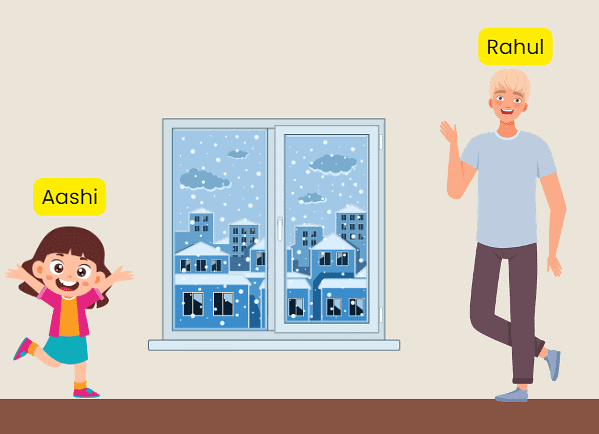
- She remembered that just a few months ago, on her birthday in August, it was sunny and very hot. Aashi felt confused and decided to go to her brother Rahul for an explanation.
- When Aashi asked Rahul about the sudden change in weather, Rahul smiled and said, "Aashi, there are five seasons in a year, and they keep changing to make our world interesting."

Rahul explained each season to Aashi using simple words:
- Spring: This season begins with cheer! Flowers bloom everywhere, and birds sing happily in the trees.
 Spring
Spring - Summer: It's the season of heat and sunshine. People enjoy their vacations, and festivals like Gudi Padwa, Shivratri, and Baisakhi are celebrated with joy.
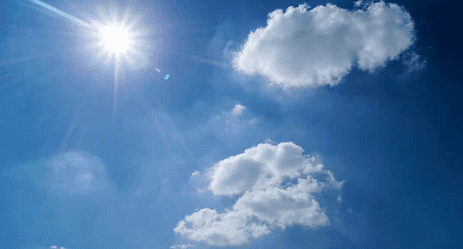 Summer
Summer
- Monsoon/Rainy Season: During this time, rainfalls bring joy to everyone. People celebrate festivals like Janmashtami and Raksha Bandhan, enjoying the coolness after the rain.
 Monsoon
Monsoon
- Autumn/Fall: As autumn arrives, leaves start falling from trees, and the winds become pleasantly cool. Festivals like Dussehra and Sharad Purnima are celebrated with enthusiasm.
 Autumn
Autumn
- Winter: When winter comes, the air gets cold, and sometimes we even see snow! Festivals like Christmas and Lohri are celebrated during this cozy season.
 Winter
Winter
Aashi nodded, understanding that each season brings its own magic and beauty to the world. She learned that these seasons cycle through the months, making life interesting and full of surprises.
Calendar
A calendar is like a special chart that tells us the days, months, and helps us plan our time better. It looks like this:
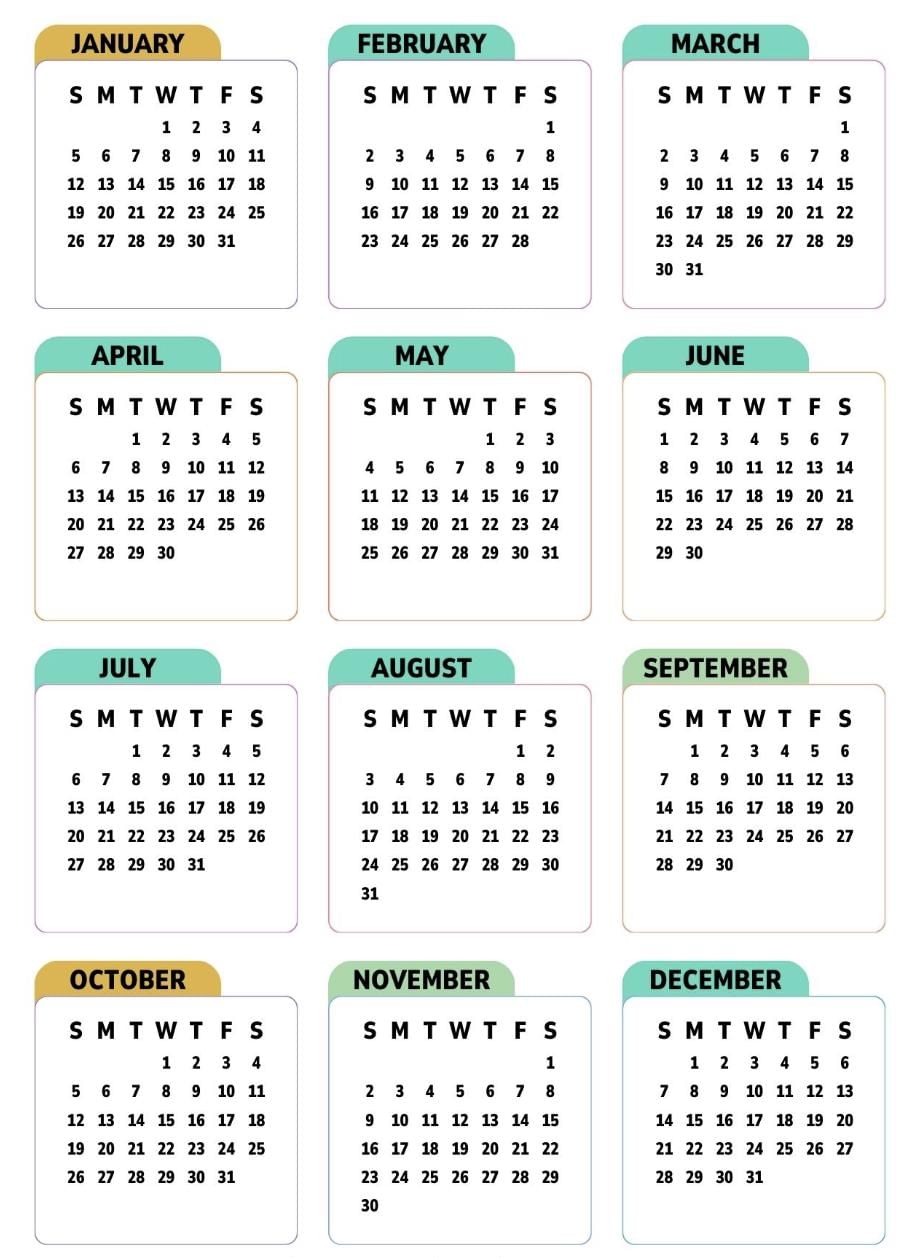
Days in Months
When we count days, we start at 1 and keep counting until we reach the end of the month.
- Months like January, March, May, July, August, October, and December, we count up to 31 because these months have 31 days. They're like the longer months of the year.
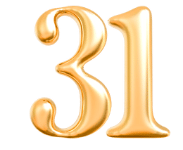
- But for some other months, like February, April, June, September, and November, we count up to only 30 days because these months have 30 days.
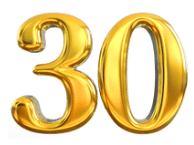
- February is a bit special because sometimes it has 28 days and sometimes 29 days, depending on the year.
- That's because every four years, we add an extra day to February to keep our calendar accurate. We call that year a leap year!

So, some months have 30 days and others have 31 days because of how the Earth moves around the sun, and February is special because it can have either 28 or 29 days.
How Long Does it Take?
Different things take different amout of time to occus. So there are different measurements of time. Let's see Sagar's adventure to understand better.
Story Time: Sagar's Questions
- Once upon a time, there was a curious boy named Sagar.
- He loved to ask questions about everything around him.
- One day, while doing his homework, Sagar wondered, "How long does it take to finish my homework?"

- He asked his mom, who said, "It usually takes you about 1 hour to finish your homework."
- Sagar was amazed that time could be measured in hours.
- As days went by, Sagar noticed something interesting in his garden.
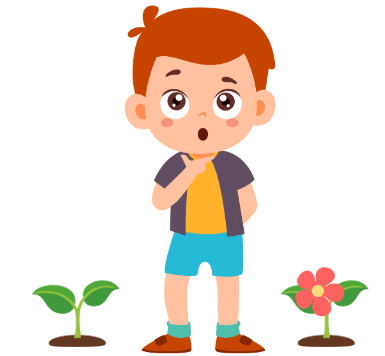
- He saw a tiny seed growing into a beautiful flower. He wondered, "How long does it take for a flower to grow?"
- He asked his grandma, who told him, "It takes a few days for the seed to sprout, then a few weeks for the plant to grow leaves and stems, and finally, after a few months, you'll see a lovely flower bloom!" Sagar learned that growing a flower takes time, from days to months.
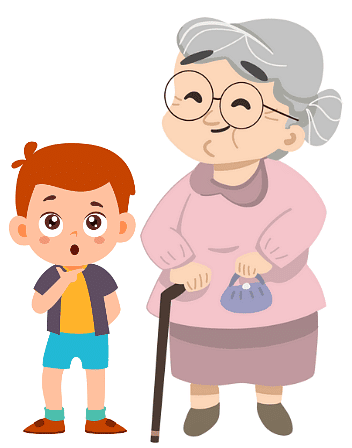
- One evening, while stargazing with his dad, Sagar asked, "How long does it take for the Earth to go around the sun?"
- His dad smiled and said, "It takes about 365 days for the Earth to complete one orbit around the sun, and we call that one year."
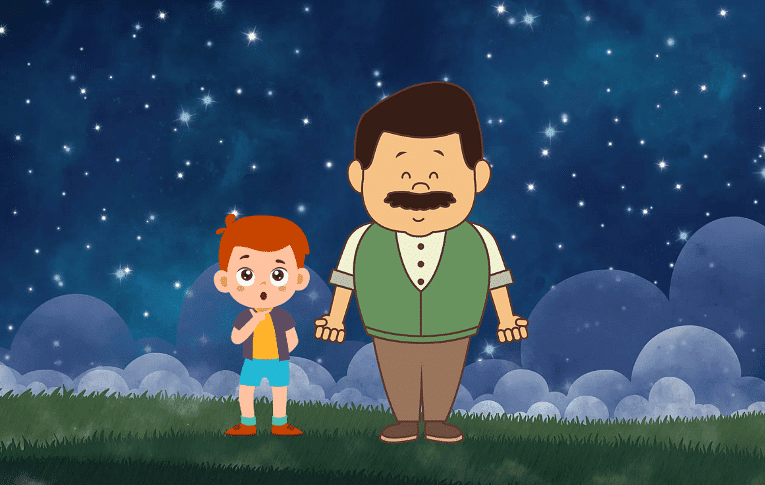
- Sagar was amazed at how we measure time in years.
As Sagar grew older, he learned more about time. He learned that:
- Hours are for short tasks
- Days are for events like birthdays and vacations
- Months are for changes like seasons
- Years are for big milestones like growing up and celebrating New Year.

Sagar realized that time helps us understand how long it takes to do things, from finishing homework to watching flowers grow and celebrating special moments in life.
Clock and Hours
Imagine a clock as a special tool that helps us see the hours in a day.
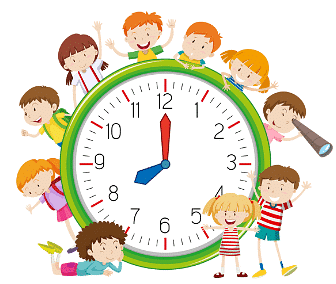
- A clock has numbers from 1 to 12 in a circle, and it also has two hands: a short hand and a long hand.
- The short hand points to the hour, while the long hand points to the minutes.
Now, let's talk about why there are 24 hours in a day.
- A day is divided into two parts: daytime and nighttime.
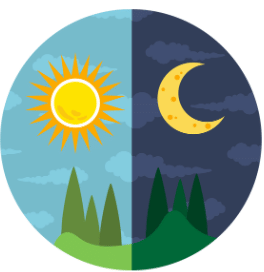 Day & Night
Day & Night - During daytime, we have 12 hours from morning until evening, and during nighttime, we have another 12 hours from evening until morning.
- When we add these two parts together, we get a total of 24 hours in a day.
How to see Time?
To see the time on a clock, you need to look at where the hands are pointing. The short hand tells us the hour, and the long hand tells us the minutes.
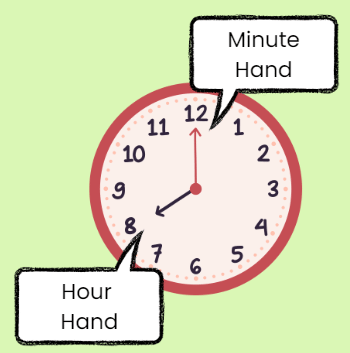
- For example, if the short hand is pointing to the number 8 and the long hand is pointing to the number 12, it means it's 8 o'clock.
Here's a simple breakdown:
- When the short hand is on 1 and the long hand is on 12, it's 1 o'clock.
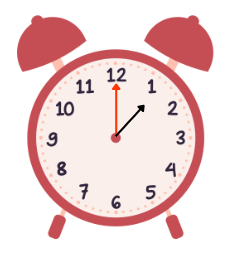 1 o'clock
1 o'clock - When the short hand is on 2 and the long hand is on 12, it's 2 o'clock.
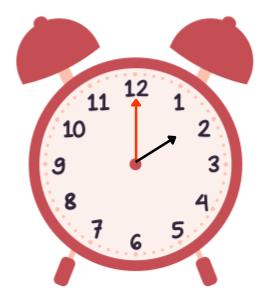 2 o'clock
2 o'clock - And so on, until we reach 12 o'clock when the short hand is on 12 and the long hand is on 12 again.
You can practice reading the time on a clock by looking at where the hands are pointing and understanding that each number on the clock represents an hour, making a full cycle of 12 hours before starting again.
Knowing Directions
Directions are like instructions that tell us which way to go or which way something is facing. We need them to find our way around places, like finding the way home or to school. There are four main directions: north, south, east, and west. Directions
Directions
- North is where the North Pole is
- South is where the South Pole is
- East is where the sun rises
- West is where the sun sets.
Knowing these directions helps us understand where things are and how to get to different places.
Story Time: Vanya's Introduction to Directions
- Once upon a time, Vanya was on a car journey with her mom and dad.
- They were going to visit her grandparents who lived in a nearby town.
- As they drove along the road, Vanya noticed her mom saying things like "turn right" or "go left" to her dad.

- Vanya was curious and asked her mom, "Why do you keep saying 'turn right' and 'go left' to Dad?"
- Her mom smiled and explained, "These are called directions, Vanya. Directions help us know which way to go when we are driving or walking. There are four main directions: north, south, east, and west."
- Vanya's eyes widened with interest. "North, south, east, and west? How do we know which one is which?"

- "Well," her mom continued, "imagine you are standing in the middle of a big circle. If you face the rising sun in the morning, that's east. If you turn towards where the sun sets in the evening, that's west. North is in front of you, and south is behind you."
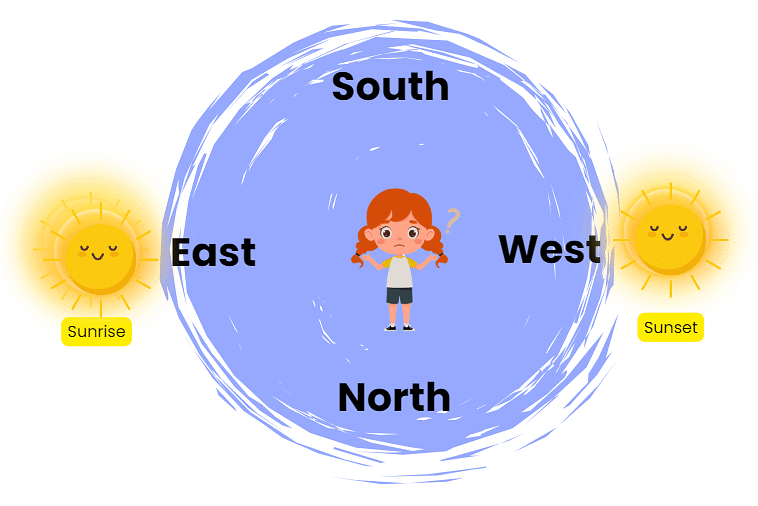
- Vanya nodded, trying to picture it in her mind. "So, when you say 'turn right,' Dad goes towards the east or the west?"
- "Exactly!" her mom replied. "When I say 'turn right,' Dad goes towards the right side of the road, which could be east or west, depending on which direction we are driving."
- Her mom nodded, "Exactly! 'Right' means towards the houses, and 'left' means towards the trees."
 Left & Right
Left & Right - Vanya tried to remember. "So, if I want to go to the park, I should go left from our house?"
- "Yes, you got it!" her mom exclaimed. "And if you want to go to the store, you should turn right from our house."
Vanya felt proud of herself for understanding. From then on, whenever they drove or walked, Vanya would confidently say, "Turn right here!" or "Let's go left at the next corner!" 
Through these stories, we've unlocked the secrets of seasons, time, calendars, clocks, and directions. Isn't it fascinating how much we can learn from the world around us? Keep exploring and asking questions, just like Aashi, Rahul, Sagar, and Vanya did, and you'll discover even more wonders! Good Job!
|
28 videos|262 docs|22 tests
|
FAQs on Which Season is it? Chapter Notes - Mathematics for Class 2 (Joyful-Mathematics)
| 1. What are the different seasons and how do they affect activities? |  |
| 2. How can I tell what season it is? |  |
| 3. Why is it important to know directions? |  |
| 4. How do clocks help us understand time? |  |
| 5. What activities can children do to learn about seasons and directions? |  |















